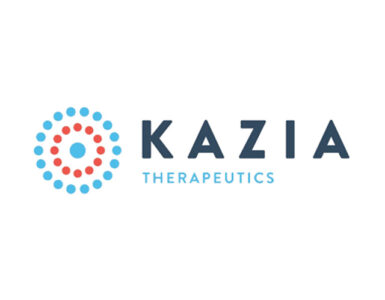
PolyPid (NASDAQ:PYPD) has announced the publication of a study in the International Journal of Surgery (IJS), showcasing the full data set from its Phase 3 SHIELD I trial of D-PLEX, focused on preventing surgical site infections (SSIs) in abdominal colorectal surgery. Topline results of this study were first announced in September 2022.
“The overall infection rate in SHIELD I was significantly impacted by the COVID-19-related safety restrictions introduced in the surgical setting during the pandemic,” said Oded Zmora, professor of surgery at the Shamir Medical Center in Tel Aviv Israel, and president of the European Society of Coloproctology.
“Given this unexpected change in baseline infection rate, the SHIELD I primary outcome became extraordinarily difficult to meet. For this reason, while the SHIELD I study did not achieve its primary endpoint, both pre-specified and post-hoc analyses suggested that D-PLEX100 may benefit patients at increased risk of SSIs, including those with lengthy incisions. While SHIELD II is ongoing, the clinical data generated by D-PLEX to date suggest it may be a promising future adjunctive component of surgical care bundles,” he added.
In a statement, Dikla Czaczkes Akselbrad, PolyPid’s CEO, said, “We are thrilled to have the SHIELD I study results published in the highly regarded IJS, ranked second out of 212 titles in the surgery category by impact factor. Importantly, in the post-COVID-19 setting, we are seeing infection rates normalize to levels on par with those prior to the pandemic. We expect the SHIELD II infection rate to be more in line with the pre-pandemic rate and remain encouraged by the data generated in the SHIELD I pre-specified subgroup analysis that evaluated the primary endpoint in patients with incision lengths over 20 cm, which showed a 54% reduction in SSI rates between the D-PLEX treatment arm and the control arm. Earlier this month, we enrolled the last patient required to conduct the planned SHIELD II unblinded interim analysis, which is anticipated to occur later this quarter and will be followed by the availability of top-line results, expected in the first quarter of 2025.”






